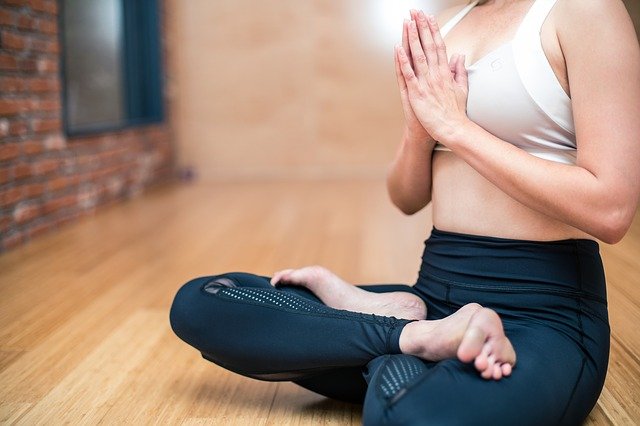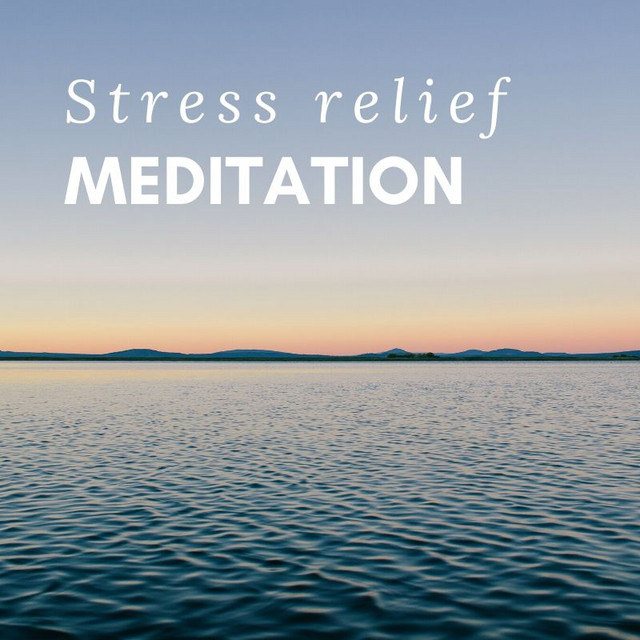
Buddhist meditation aims at attaining Nirvana. Although this does not necessarily mean that you will be granted eternal bliss, it does mean that there will be no more suffering. Other practices include nonattachment, concentration, and other forms of meditation. Non-attachment can be defined as the loss of feeling or attachment towards anyone or anything. This practice will allow us to let go of the clingy needy and self-destructive emotions that we all experience in our everyday lives.
Nibbana is the goal for Buddhist meditation. It is achieved by achieving equanimity in all areas of life. The state of enlightenment is when you are free from any form of craving, defilement or suffering. There are many methods for meditation, according to Buddhism, such as sati, anussati and breath meditation. It is important to practice meditation in order to attain equanimity. This will allow you to see all situations clearly and gain insight.

The ultimate goal of meditation in buddhist Buddhism is to attain the state of equanimity. Focusing on one subject is the best way to achieve this state. A meditation aims to achieve equanimity. For most Buddhists, the first step toward achieving this state is to focus on the breath. Doing this will help the mind become more aware of any situation.
A Buddhist must be able focus for a prolonged period of time on a single subject in order to attain enlightenment. This is achieved by overcoming the mind's tendency to move from one subject to the next. In this state, the goal of enlightenment is to be aware of the true nature and purpose of reality. The Buddhist believes that the goal of enlightenment is to achieve enlightenment.
Buddhist meditations aim for a deep state or equanimity. The goal is awakening to the true self in the present. It is distinct from any ego. The goal of Buddhist meditation is also to eradicate suffering in the body as well as the mind. Although the practice of Buddhism does not focus on enlightenment, it emphasizes the importance of a human mind.

Buddhist meditation is all about insight. It is the process of becoming aware and conscious of three characteristics of existence. These three characteristics of existence include impermanence; suffering; and enlightenment. This awareness allows a person to become self-centered and take control over their emotions. The most important aspect of Buddhist practice is the enlightened state.
Buddhist meditation aims to improve one's mind. This is the most fundamental component of the human body and the primary source for all actions. Therefore, the purpose of Buddhist meditations is to cleanse the mind and remove all negative influences. By cultivating positive qualities, a person can achieve enlightenment. This process can have many benefits. It improves self-awareness and relationships. It is an important part in meditation.
FAQ
How can I live a life that is full of joy every day?
Finding out what makes your heart happy is the first step to living a fulfilled life. Once you know what makes you happy, you can work backwards from there. Asking other people how they live their best lives every day is also a good idea.
You can also find books such as "How to Live Your Best Life" written by Dr. Wayne Dyer. He talks about how to find happiness and fulfillment at all stages of our lives.
Why is it important to live a healthy life?
Healthy lifestyles lead to happier and longer lives. Regular exercise, healthy eating habits, healthy sleep habits and stress management can all help prevent strokes, heart disease, diabetes, and cancer.
A healthy lifestyle will also improve our mental health by helping us cope better with everyday stresses. Healthy living will boost self-confidence and make you look and feel younger.
How does weight change with age?
How can you find out if your weight has changed?
If there are less calories than muscle mass, then weight loss is possible. This means that the amount of calories consumed must exceed the amount of energy used daily. Reduced activity is the leading cause of weight gain. Other reasons include poor eating habits, stress, hormone imbalances, certain medications and illness. When there is more fat than muscles, it's called weight gain. It happens when people eat more calories than they use during a given day. The most common causes are overeating, increased activity, hormonal changes, and excessive calories.
Our bodies lose weight because we eat fewer calories than we burn. The main reason we lose weight is because we exercise more often. This increases our metabolism rate and burns more calories each day. But, this does not mean that we will be thinner. It is important to know if we are losing weight or gaining muscle. We will lose weight if we burn more calories than we consume. But if we're consuming more calories than we're burning, then we're actually storing them as fat.
As we get older, our movement speed slows down and so we move less. We also tend not to eat as much food as we used to when we were younger. Therefore, we tend to put on weight. On the other hand, we have more muscle mass and look larger than we actually are.
Without weighing yourself each week, there is no way to know how much weight you have lost. There are many options for measuring your weight. You can also measure your waist, hips or thighs. Some people prefer to use a bathroom scale while others prefer to measure with tape.
To track your progress, weigh yourself once a week. Measure your waistline once per month. To track your progress, you can also take photos every few months of yourself to see how far it has come.
Online measurements of your height and weight can help you determine your body mass. If you're 5'10' tall and weigh 180lbs, you'd likely weigh 180lbs.
How does an antibiotic work?
Antibiotics can be used to kill bacteria. Antibiotics are used for treating bacterial infections. There are many kinds of antibiotics. Some are administered topically, while others can be taken orally.
People who have been exposed are often given antibiotics. For example, if someone has had chicken pox, he or she might take an oral antibiotic to prevent shingles later on. A penicillin injection might be given to prevent pneumonia in someone who has had strep.
If antibiotics are to be administered to children, they must be prescribed by a doctor. Children are more likely to experience side effects than adults from antibiotics.
Diarrhea, the most common side-effect of antibiotics, is probably diarrhea. Other possible side effects include stomach cramps, nausea, vomiting, allergic reactions, headaches, dizziness, and rashes. These symptoms usually go away after treatment ends.
Statistics
- nutrients.[17]X Research sourceWhole grains to try include: 100% whole wheat pasta and bread, brown rice, whole grain oats, farro, millet, quinoa, and barley. (wikihow.com)
- According to the Physical Activity Guidelines for Americans, we should strive for at least 150 minutes of moderate intensity activity each week (54Trusted Source Smoking, harmful use of drugs, and alcohol abuse can all seriously negatively affect your health. (healthline.com)
- WHO recommends reducing saturated fats to less than 10% of total energy intake; reducing trans-fats to less than 1% of total energy intake; and replacing both saturated fats and trans-fats to unsaturated fats. (who.int)
- Extra virgin olive oil may benefit heart health, as people who consume it have a lower risk for dying from heart attacks and strokes according to some evidence (57Trusted Source (healthline.com)
External Links
How To
How to stay motivated and stick to healthy eating habits and exercise
Healthy living: Motivational tips
Motivational Tips for Staying Healthful
-
Write down your goals
-
Realistic goals
-
Be consistent
-
When you reach your goal, reward yourself
-
Don't give up if you fail at first
-
Have fun!